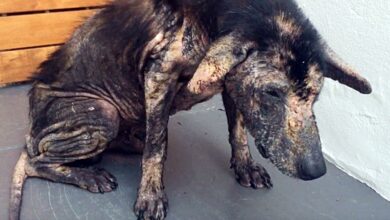11 Dog Breeds Not Suitable for Apartments
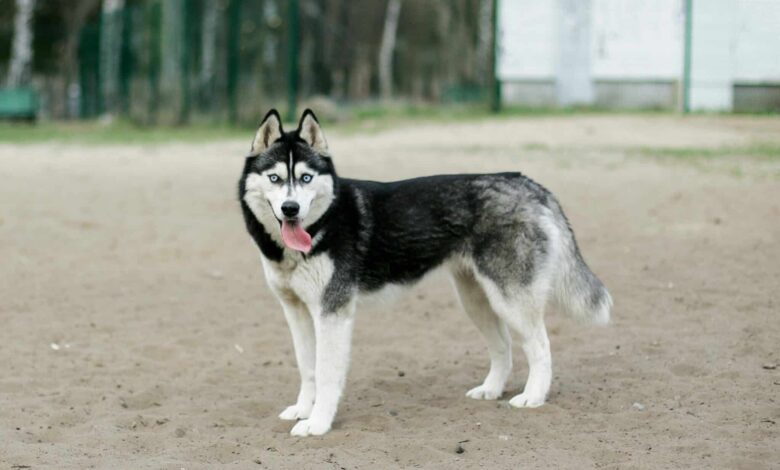
When choosing a dog, one of the most important considerations is the living environment, especially for those residing in apartments. While many breeds can adapt to smaller living spaces, others are not well-suited for apartment life due to their size, energy levels, or specific needs. Some dogs require large spaces to run and play, while others are vocal or have high energy levels that make them a challenge to manage in confined spaces. Additionally, certain breeds may have traits like strong guarding instincts or a need for constant mental and physical stimulation, which can make them unsuitable for apartment living.
11. Saint Bernard
Saint Bernards are known for their massive size, gentle nature, and drooling tendencies. Typically weighing between 120 to 180 pounds, these gentle giants require a lot of space to move around comfortably. Their sheer size alone makes them less suitable for apartment living, as they can quickly overwhelm small spaces. Saint Bernards also have a thick coat that requires regular grooming, and their drooling can become a challenge in tight quarters. Additionally, while they are generally calm indoors, they need space to stretch out and move freely. Saint Bernards also require regular exercise to maintain their health, and an apartment may not provide enough room for them to get the physical activity they need. Their friendly and social nature means they enjoy being around people, but their size and grooming needs make them better suited to homes with ample space and a large yard where they can roam and relax.
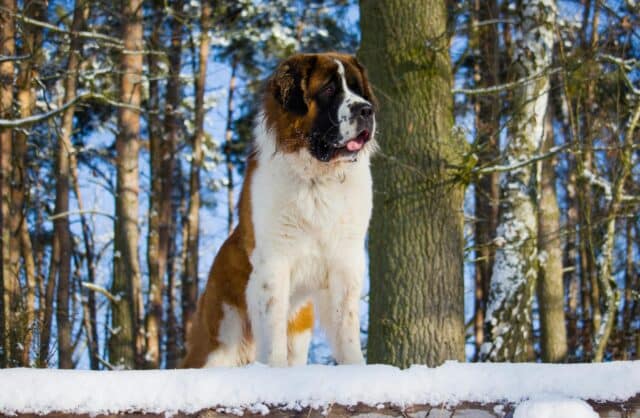
10. Afghan Hound
Afghan Hounds are known for their elegance, grace, and long, flowing coats. While their appearance is undeniably striking, Afghan Hounds are not the best fit for apartment living. This breed is known for its independent and aloof nature, often requiring space to feel comfortable and at ease. Afghan Hounds are also highly active dogs that need plenty of exercise to stay happy and healthy. They have a strong prey drive and may become restless and destructive if not provided with adequate opportunities to run and explore. Their long coat requires regular grooming, which can be difficult to manage in a small living space. Additionally, Afghan Hounds are known for their sensitivity and may become stressed in noisy or confined environments, making them better suited to homes with larger spaces where they can have their own quiet area. Their need for space, exercise, and grooming makes them a challenging breed to keep in an apartment setting.
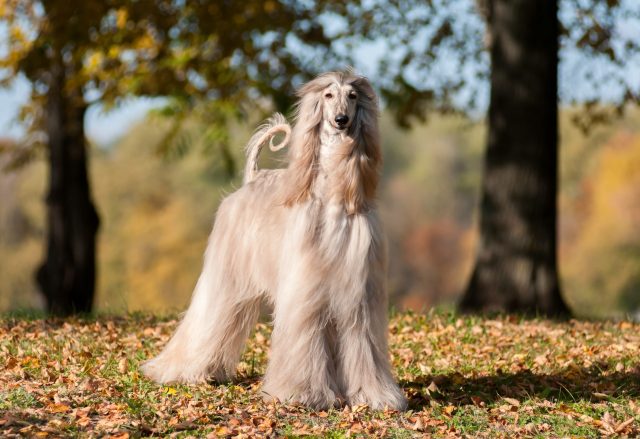
9. Australian Shepherd
Australian Shepherds are highly intelligent, energetic, and agile dogs that were originally bred for herding livestock. Their high energy levels and need for mental and physical stimulation make them unsuitable for apartment living. Australian Shepherds thrive in environments where they have plenty of space to run, play, and engage in activities that challenge their minds. Without sufficient exercise and stimulation, they can become bored and develop destructive behaviors, such as chewing or excessive barking. Australian Shepherds are also known for their strong herding instincts, which may lead them to try to “herd” people or other pets in a confined space. This breed requires an owner who is committed to providing regular exercise, mental stimulation, and training to keep them happy and well-behaved. An apartment setting may not provide the space or opportunities needed to meet the needs of an Australian Shepherd, making them better suited to homes with large yards or access to open spaces where they can burn off their energy.
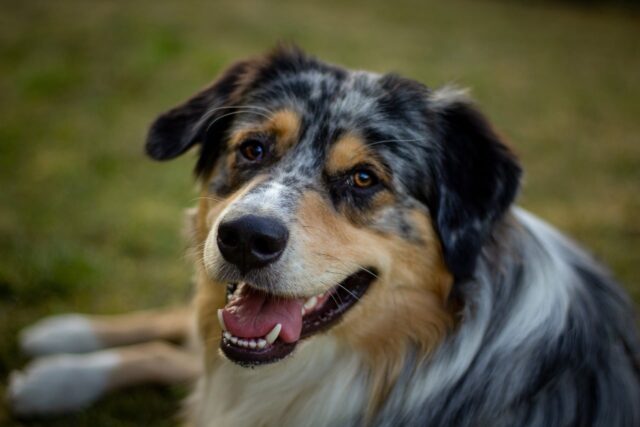
8. Weimaraner
Weimaraners are large, athletic dogs known for their sleek appearance and boundless energy. They were originally bred for hunting, and their high energy levels and need for vigorous exercise make them a poor fit for apartment living. Weimaraners require plenty of physical activity to stay happy and healthy, and without it, they can become bored and destructive. This breed is also known for its strong attachment to its owners and may suffer from separation anxiety if left alone for long periods in a confined space. Weimaraners are intelligent and require mental stimulation to prevent boredom, which can be difficult to provide in an apartment setting. Additionally, their strong prey drive and tendency to chase small animals can make them challenging to manage in a small, urban environment. Weimaraners are best suited to homes with large yards where they can run and play freely, as well as owners who can provide the time and attention needed to keep them mentally and physically satisfied.
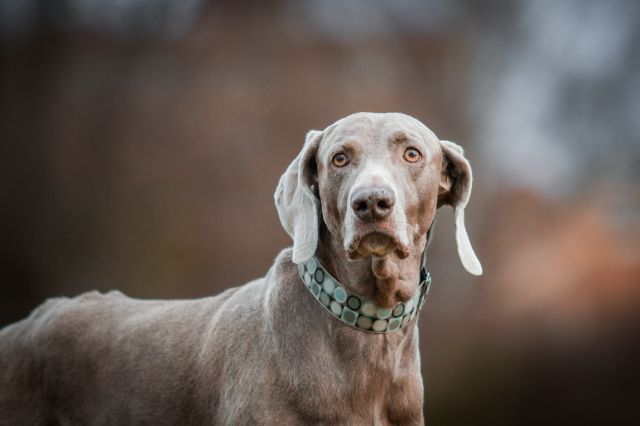
7. Akita
Akitas are large, powerful dogs known for their loyalty, independence, and protective instincts. Originally bred in Japan for hunting and guarding, Akitas are not well-suited for apartment living due to their size, temperament, and exercise needs. Akitas are known for being territorial and can be wary of strangers, making them excellent guard dogs but challenging to manage in a close-knit apartment community. This breed requires regular exercise to maintain its physical and mental health, and an apartment may not provide enough space for them to move around comfortably. Akitas are also known for their strong-willed nature and require an experienced owner who can provide consistent training and socialization. Without proper exercise and mental stimulation, Akitas can become bored, leading to destructive behaviors. Additionally, their thick double coat requires regular grooming to prevent matting and keep them comfortable, especially in warmer climates. Akitas are best suited to homes with ample space and a secure yard where they can explore and patrol their territory.

6. Belgian Malinois
The Belgian Malinois is a breed known for its intelligence, agility, and strong work ethic. Often used in police and military work, the Belgian Malinois is a high-energy dog that requires an environment where it can engage in regular physical and mental activities. This breed is not suitable for apartment living due to its need for space, exercise, and mental stimulation. Belgian Malinois are highly driven and thrive in environments where they have a job to do, whether it’s working alongside their owners or participating in dog sports like agility or obedience trials. Without sufficient exercise and mental engagement, they can become bored and develop behavioral issues such as excessive barking or destructive chewing. Belgian Malinois also requires an experienced owner who can provide consistent training and socialization to ensure they are well-behaved and responsive. An apartment setting may not provide the space or opportunities needed to meet the needs of a Belgian Malinois, making them better suited to homes with large yards and active owners who can keep them busy and satisfied.
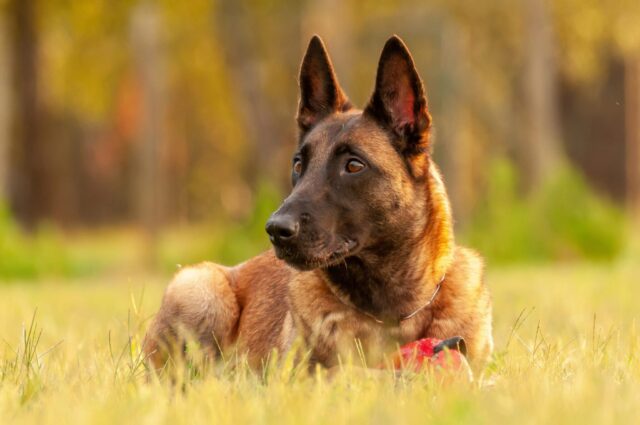
5. Alaskan Malamute
Alaskan Malamutes are large, powerful dogs originally bred for pulling heavy sleds in harsh Arctic conditions. Their size, strength, and high energy levels make them unsuitable for apartment living. Malamutes require plenty of space to move around, and exercise and an apartment may not provide the room they need to stay healthy and happy. This breed is also known for its strong prey drive and independent nature, which can make training a challenge, especially in a confined space. Alaskan Malamutes have a thick double coat that requires regular grooming, and they tend to shed heavily, particularly during seasonal changes. They are also known for their vocal nature and may howl or bark frequently, which can be disruptive in an apartment setting. Malamutes are best suited to homes with large yards where they can run and play freely, as well as owners who can provide the time and attention needed to meet their exercise and grooming needs.
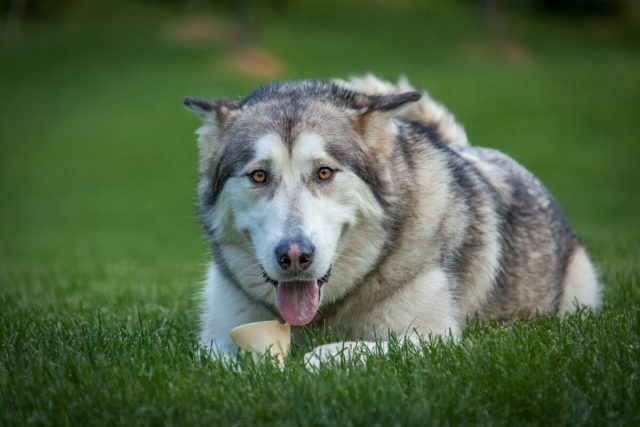
4. Bloodhound
Bloodhounds are known for their incredible sense of smell and tracking abilities, making them one of the best scent hounds in the world. However, their strong tracking instincts and high energy levels make them a poor fit for apartment living. Bloodhounds require plenty of space to roam and explore, and an apartment may not provide the room they need to satisfy their natural instincts. This breed is also known for being vocal, and their loud, baying bark can be disruptive in a close-knit apartment community. Bloodhounds are highly intelligent but can be stubborn and independent, making training a challenge, especially in a confined space. They also have a tendency to drool and can be prone to certain health issues, including hip dysplasia and bloat, which require diligent care. Bloodhounds are best suited to homes with large yards where they can explore and track scents to their heart’s content, as well as owners who can provide the time and attention needed to meet their exercise and training needs.
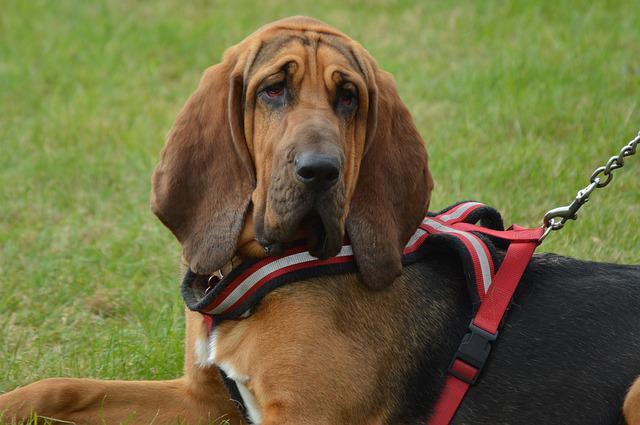
3. Great Dane
Great Danes are known as “gentle giants” due to their massive size and friendly temperament. However, their large size makes them a poor fit for apartment living. Great Danes require plenty of space to move around comfortably, and an apartment may not provide the room they need to stretch out and relax. This breed also has a shorter lifespan compared to many other dogs, typically living between 7 to 10 years, and can be prone to certain health issues, including hip dysplasia, heart problems, and bloat, which require careful management. Great Danes are generally calm and gentle dogs, but their size and strength mean they require an experienced owner who can provide consistent training and socialization. Additionally, their short coat requires regular grooming to keep them looking their best, but they tend to shed moderately year-round. While they are loving and loyal companions, the challenges of owning a Great Dane, including their size, health concerns, and space requirements, make them a breed best suited to homes with ample space and experienced owners who are prepared for the responsibility.
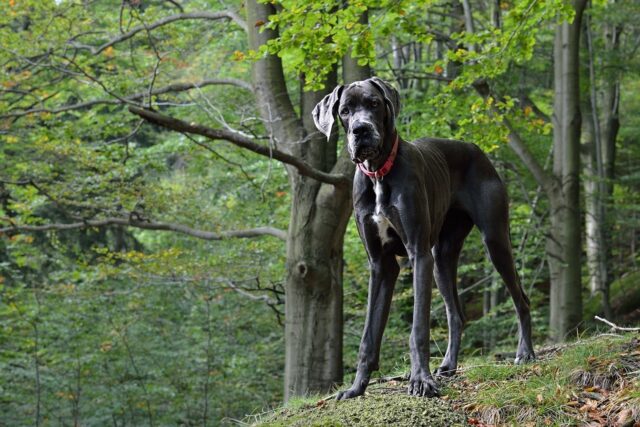
2. Siberian Husky
Siberian Huskies are known for their striking appearance, high energy levels, and independent nature. Originally bred as sled dogs, Siberian Huskies have a strong need for physical activity and mental stimulation, making them unsuitable for apartment living. This breed requires plenty of space to run and play, and an apartment may not provide the room they need to burn off their energy. Huskies are also known for their strong prey drive and tendency to escape, requiring a secure yard and vigilant supervision. Additionally, their thick double coat requires regular grooming, especially during shedding season, which can be challenging to manage in a small living space. Siberian Huskies are intelligent and independent dogs that require an experienced owner who can provide consistent training and socialization. Without sufficient exercise and mental engagement, they can become bored and develop destructive behaviors, such as chewing or digging. While they are affectionate and social dogs, the challenges of owning a Siberian Husky, including their high energy levels, grooming needs, and escape tendencies, make them a breed best suited to homes with large yards and active owners who can keep them busy and satisfied.
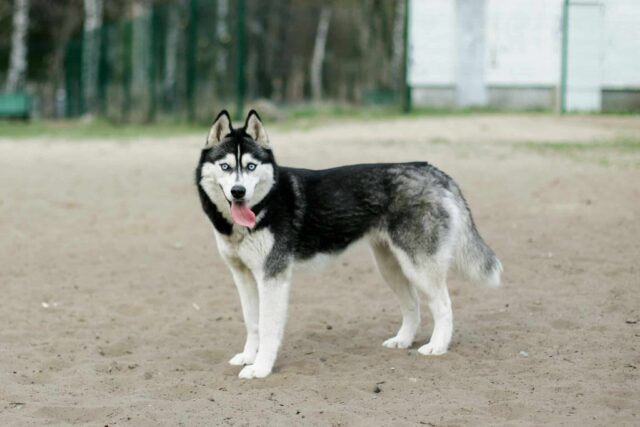
1. Dalmatian
Dalmatians are known for their distinctive spotted coat and boundless energy, making them a popular choice for dog lovers. However, their high energy levels and need for regular exercise make them a poor fit for apartment living. Dalmatians require plenty of physical activity to stay happy and healthy, and an apartment may not provide the space they need to burn off their energy. This breed is also known for its strong-willed and independent nature, making training a challenge, especially in a confined space. Dalmatians can be prone to certain health issues, including deafness and urinary stones, which require diligent care and management. Additionally, their short coat requires regular grooming to keep them looking their best, but they tend to shed year-round, which can be challenging to manage in a small living space. While they are loyal and loving companions, the challenges of owning a Dalmatian, including their high energy levels, grooming needs, and health concerns, make them a breed best suited to homes with ample space and experienced owners who are prepared for the responsibility.
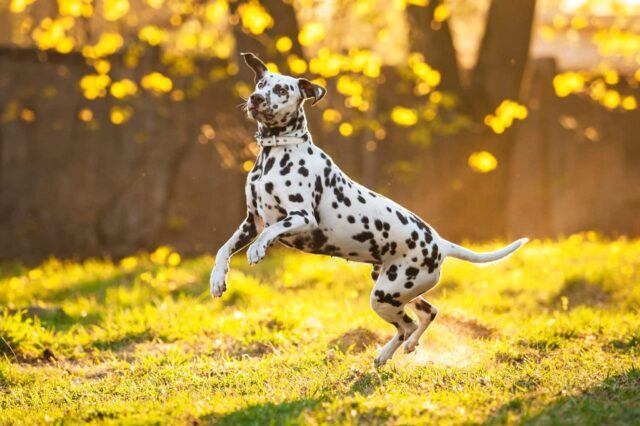
Choosing the Right Dog for Your Living Space
Selecting the right dog breed for your living space is essential to ensuring a happy and harmonious relationship with your canine companion. While many breeds can adapt to apartment living, some dogs require more space, exercise, and attention than an apartment can provide. The breeds listed in this article each have specific needs that make them better suited to homes with ample space, large yards, and experienced owners who can meet their requirements. Before bringing a dog into your home, it’s important to consider the breed’s temperament, energy levels, and care needs to ensure a good match for your lifestyle and living environment. By choosing the right breed, you can enjoy a fulfilling and rewarding relationship with your dog, no matter where you live.
